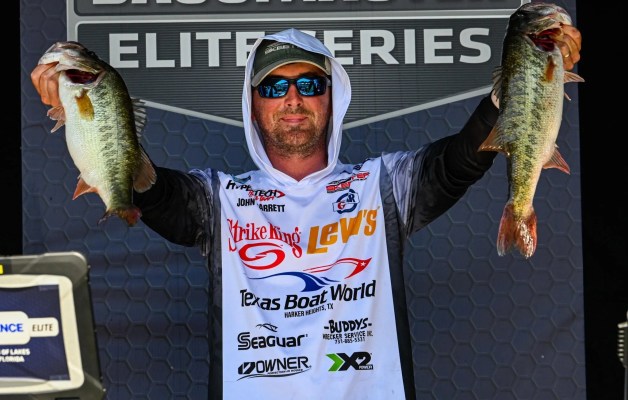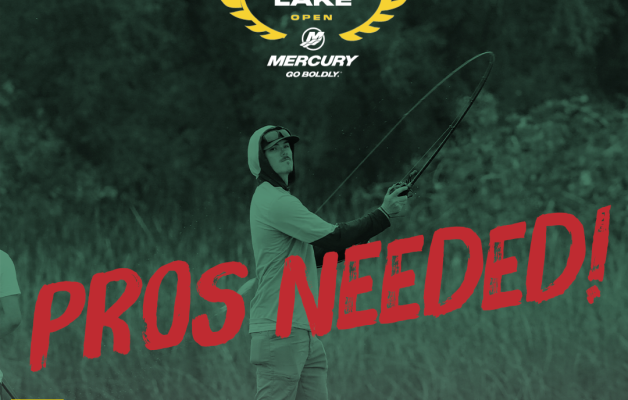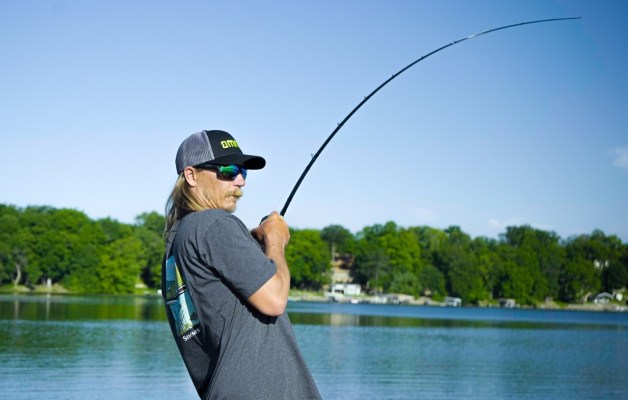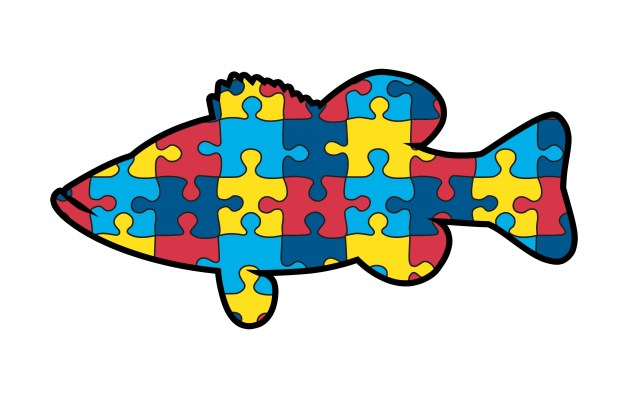I've been as busy as can be the last couple of weeks. We held our first Bass University class in Philadelphia. It sold out. It was gratifying to see so many anglers wanting to improve their skills. Everyone I've talked to had a great time and said they learned a lot.
Along with that, LaserLure and I did a QVC TV show promoting and selling our baits. That went well, too. In just a few minutes we sold a ton of lures. There'll be a bunch of happy anglers on Christmas morning, that's for sure.
While all that was going on I also spent six days on Lay Lake getting ready for the Classic. The weather was miserable — windy, rainy and cold — but I got a lot done. I thought you might find it interesting to see how I prepare for a tournament as special as a Classic.
Let me tell you right up front that this was not a fishing trip. I didn't go down there to catch fish. I went there to learn the lake so that I could catch fish come February. Less than 10 percent of my time was spent fishing.
Before I left I spent the best part of a week studying my maps and learning everything I could about the lake. It breaks down pretty much like most reservoirs — an upper third where the water flows into the lake; the middle third; and, the lower third at the dam.
Within those sections I mark whatever grabs me, anything that's different or that looks fishy. I'm always looking for change — a spot that goes up or down, rock to mud, big rock to little rock, mud to wood — anything that'll attract bass.
I spent time in every section making sure I have detailed information about what's there. I can't predict with certainty where the bass will be in late February so I have to be ready for anything.
My basic preparation begins with my electronics. I zigzag through an area with my boat running at a fast idle. I keep one eye on the screen and the other on the water. All the while, I'm marking waypoints and making detailed written notes. Every evening I review everything to see what I've missed, or to see if there's anything I need to spend more time on.
When I find a place that looks especially promising I stop and break out my rods and reels. But, like I said before, I don't do that to go fishing. I do it to further map the area. I use a 3/4-ounce Berkley Gripper football head jig, a series of LaserLure crankbaits, and a Carolina rig with a heavy tungsten weight for this.
In my next blog, which will be posted after the New Year's holiday, I'll explain how I use each lure to gain information, and how each one serves its own unique purpose.





